In recent years, high school and club sports have become more competitive and physically demanding. SRHS student-athletes are still required to take two years of Physical Education (P.E.), even though they already engage in intense exercise and maintain peak physical health. This time could instead be spent on other academic or extracurricular classes. With college scouts now evaluating athletes as early as middle school, the pressure to shine in sports has intensified. High school student-athletes commit almost every day after school and weekends to practicing and competing. Some aim to go pro or secure college scholarships. Even second-string JV players work just as hard in practice and sometimes outside of team events to improve. This continuous drive for performance leaves many students overly stressed, exhausted, and struggling to balance their physical and academic commitments.
Is it fair that healthy athletes must participate in the same P.E. class as those who don’t exercise daily? Kai Sandel, a freshman at SRHS and varsity basketball and JV football player, said in an interview, “I feel like you shouldn’t have to do P.E. if you’re in a sport… when I am already healthy and exercising regularly, it is kinda pointless.”
According to 101 ESPN, a report from the nation’s leading group of pediatric doctors states: “Injuries, overtraining, and burnout are contributing to a high dropout rate in youth sports… [the report] found that 70% of kids drop out of organized youth sports by age 13. In addition, nearly 1 in 10 youth athletes experience burnout, and as many as 35% experience overtraining.”
There needs to be a change in the California high school curriculum. At SRHS and other schools, students are required to complete two years of P.E. to graduate. Freshmen must take a year of regular P.E., while sophomores have the option to take unique alternatives like weight training, sailing, yoga, or hiking. These classes are not required for college applications but are mandatory for high school graduation. The goal of P.E. is to meet others and learn how to maintain a healthy lifestyle. However, is this really necessary for athletes who already achieve these goals through their sports?
Cruz Wexler, a senior at SRHS and varsity baseball player, transferred from Marin Catholic High School, which doesn’t require P.E. He now has to take the class to meet SRHS graduation requirements. Cruz spends almost four hours a day, six days a week, lifting weights or practicing. On top of that, he is taking five AP courses this year. He says his weeks are long and exhausting. When asked his opinion about taking P.E. as a senior, he said, “I’m not getting as much sleep because I have to wake up earlier to do 20 minutes of exercise, which doesn’t really do anything for me, especially as an athlete.” He does not need an extra class that takes crucial time away from studying and resting.
SRHS has faced challenges with sports participation for decades. Allowing students to opt out of P.E. by participating in sports could motivate them more to join teams. Graysen Payne, a senior at SRHS who has not played a sport in high school, said, “If I could’ve gotten out of P.E. freshman year by playing a sport, I would. A sport is already a big enough commitment to your physical health.” However, Graysen also notes that sailing was enjoyable and worth taking. This suggests that students might still take unique classes like sailing because they provide rare opportunities that are not available later in life.
Students have participated in P.E. since elementary school. By high school, many already balance sports, jobs, and extracurricular activities. Athletes don’t need repetitive classes when they could use that time for academic courses or electives. While students in music or drama dedicate hours to their interests, they still need to exercise daily. Athletes, however, already do so.
“If you play a sport, you should have limited activity…maybe there is an injury prevention class or other options rather than a general P.E. class,” said Ysa Druck, Physical Trainer at SRHS.
One of the most important lessons I have learned as an athlete is that rest is key to performance. Sports demand daily exercise and practice to prepare for competition. According to Rick Ansorge, an award-winning freelance health writer from UCHealth.org, “Exercise – especially intense exercise – creates tiny tears in the muscles. Over time, as muscles heal, they eventually grow bigger and stronger. It’s important to remember that this process occurs during rest and recovery, not during the exercise session itself.” P.E. activities may not be the most physically demanding, but having to participate in them feels like eating an apple after finishing a meal doesn’t provide any real benefit.
As a freshman, I would go to football practice after school, followed by club soccer practice. My days were long and exhausting. I was often so sore I could barely stand and dealt with minor injuries that worsened as the season went on. Every day in P.E., I wished I could sit in the corner and stretch while everyone else ran laps. Unfortunately, I had to participate to get a good grade, even though I was already in great shape.
Ms. Healy, the P.E. and Health teacher, as well as the freshman volleyball coach, has concerns about changing the P.E. requirements. “You don’t need to be sitting at a desk longer than you already are,” she says. She believes P.E. offers students the opportunity to meet peers they might not encounter in other classes. “P.E. is where every type of student from SR comes together in one class,” she adds. Ryder Higgins-Jones, a freshman varsity women’s soccer player and first-team Marin FC athlete, agrees: “I think P.E. is worth it because it gives you the opportunity to meet new people.”
Healy’s main concern is that exempting athletes from P.E. would reduce enrollment in her sailing course, which has existed since the 1970s. However, many athletes would likely still choose unique classes like sailing due to interest and the rarity of such opportunities.
The solution is not simple. SRHS could change the P.E. requirements for student-athletes in several ways. In the past, study halls were available for athletes to catch up on homework or take mental breaks. If such options existed before, why not bring them back now? Freshmen could still be required to take P.E. because they lack a high school athletic record and could potentially lie to avoid the class. However, sophomores should have the option to test out of P.E. or be exempt if they played at least one sport the previous year and plan to continue.
In conclusion, SRHS and other schools should recognize the pressures faced by student-athletes and provide flexibility in their curriculum. Whether through exemptions, testing out, or alternative options, there are ways to support student-athletes while maintaining the benefits of P.E. Although P.E. helps students stay active and connect with diverse groups, student-athletes deserve the choice to prioritize their well-being, academic success, and sports performance.

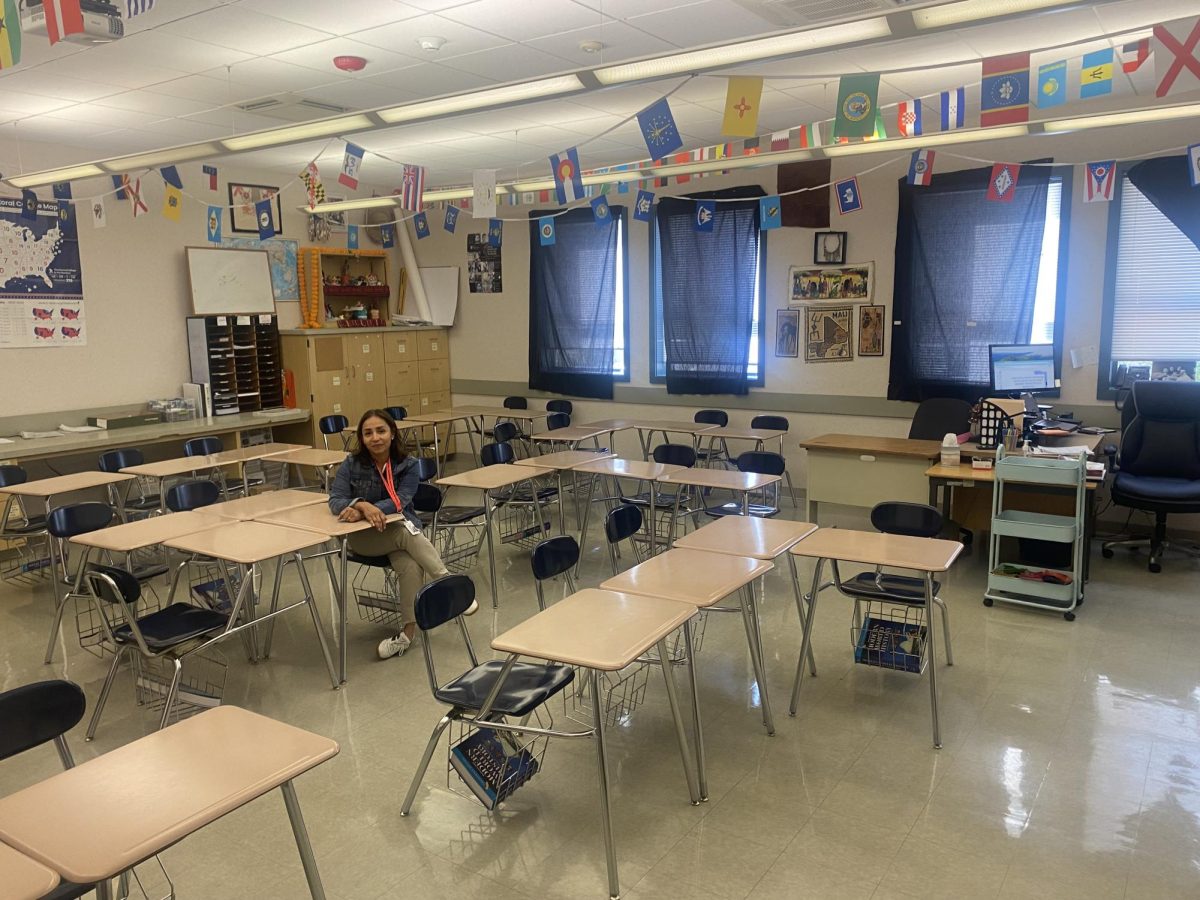
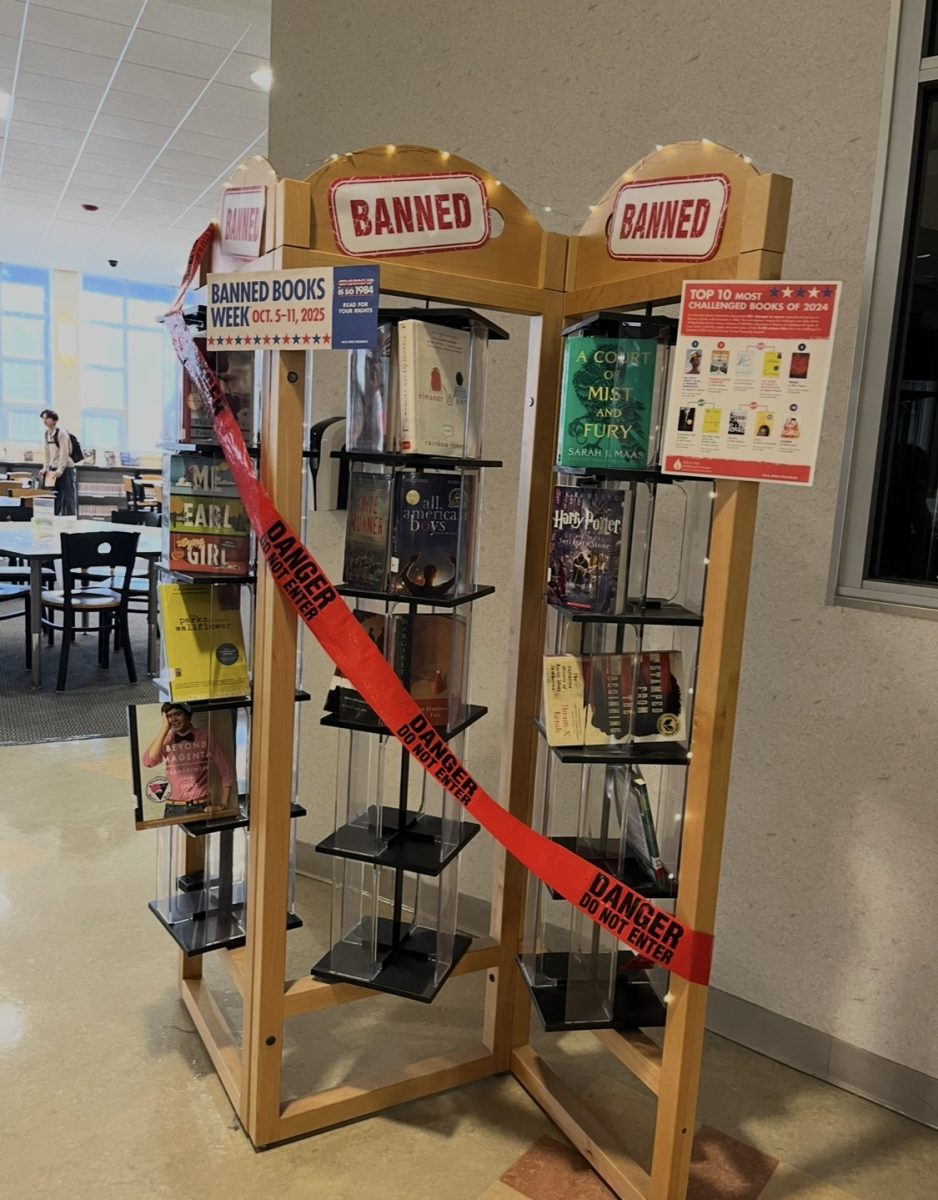
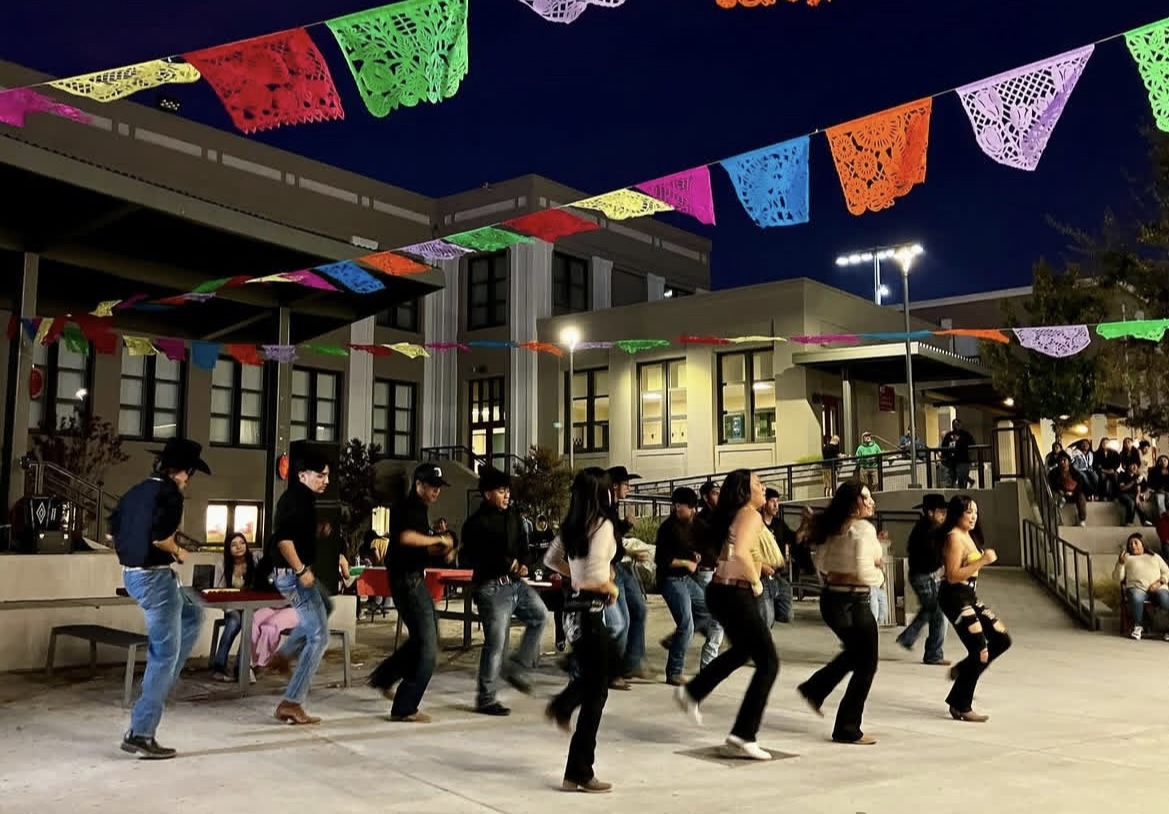
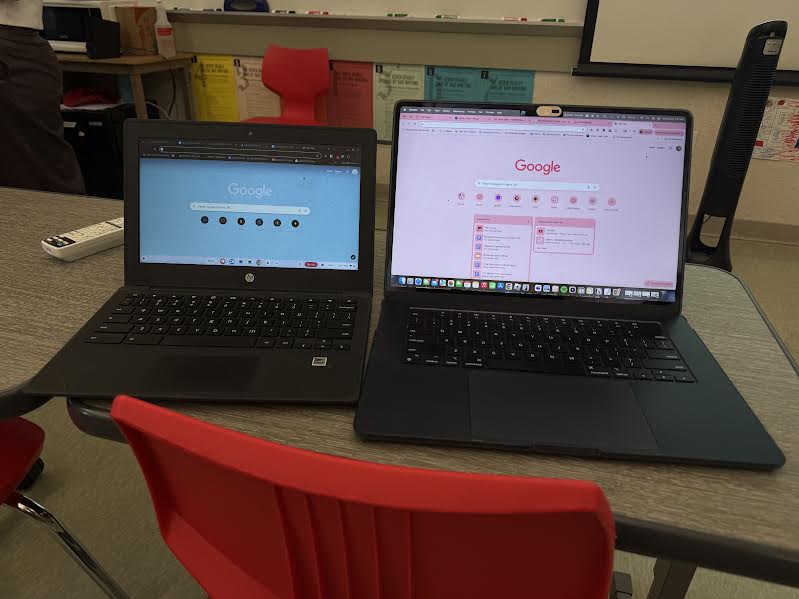

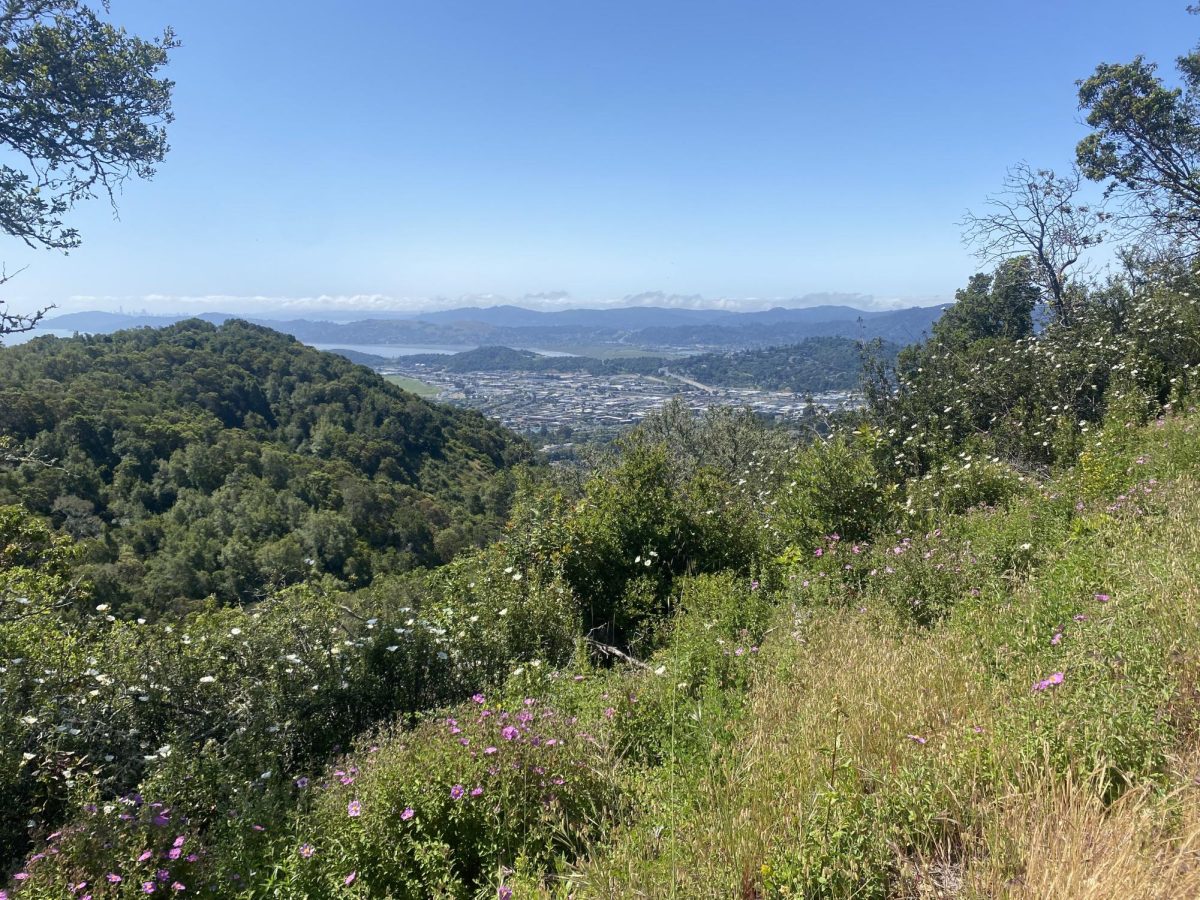


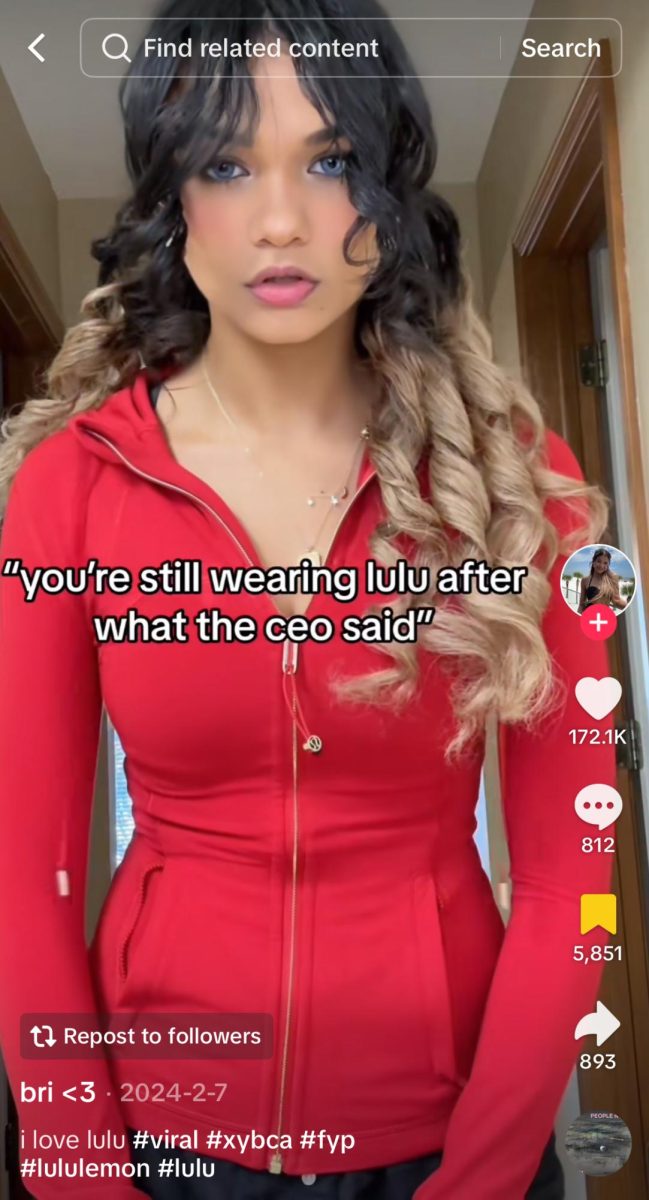
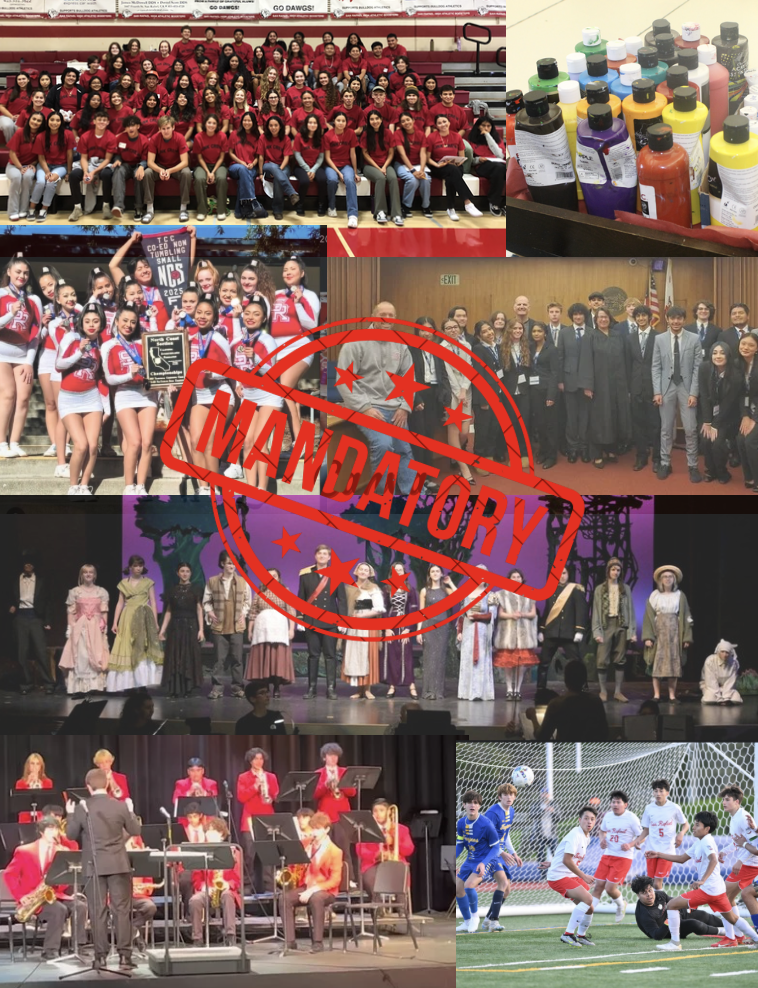
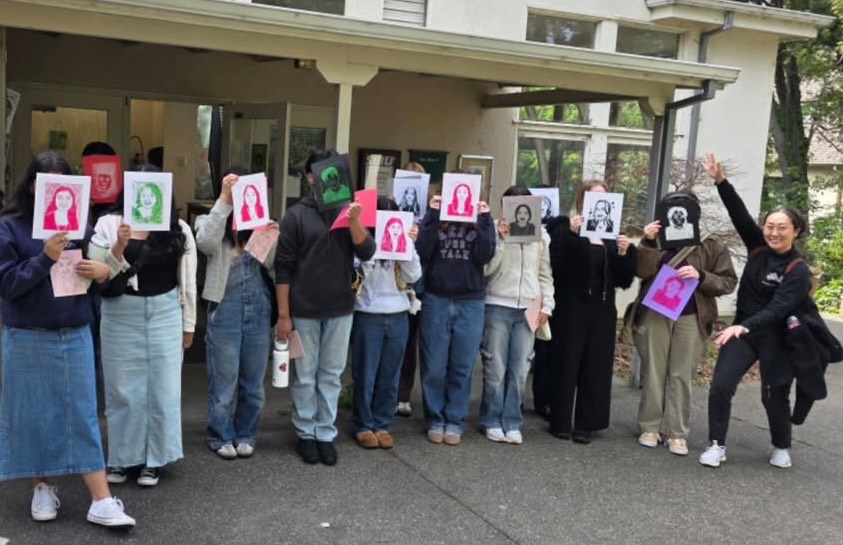




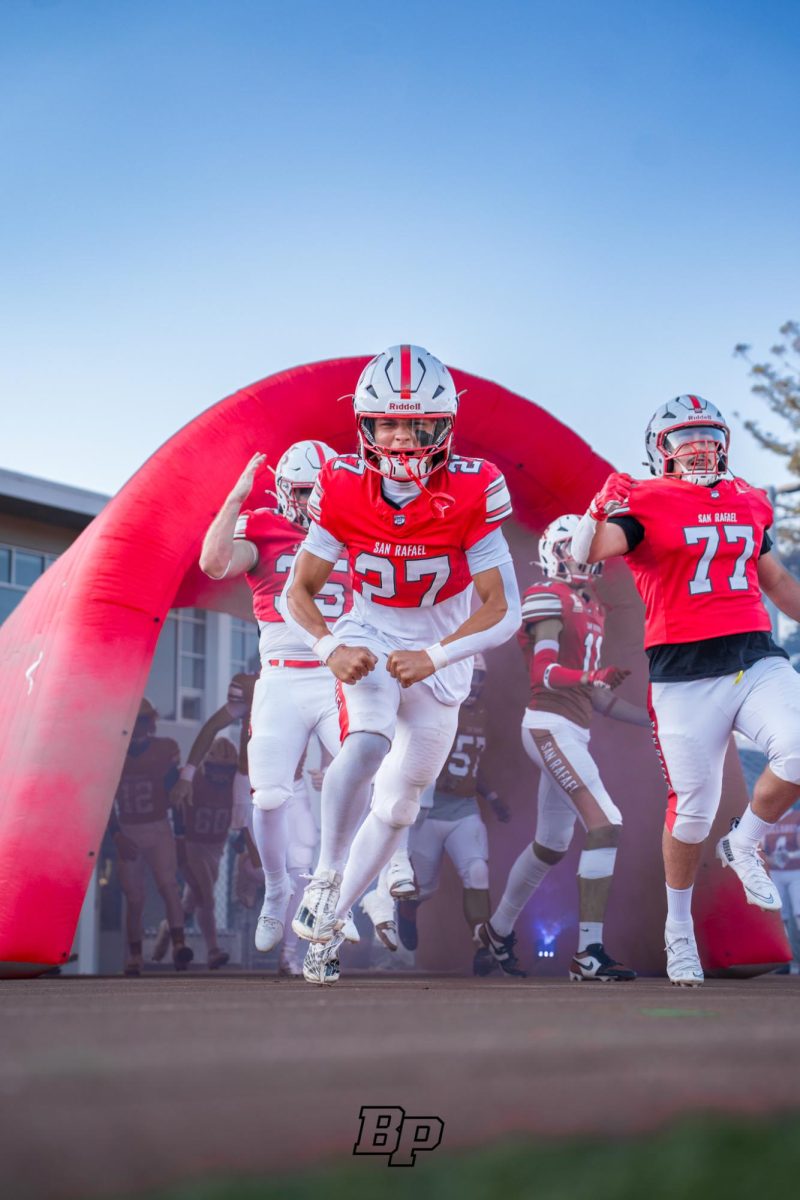
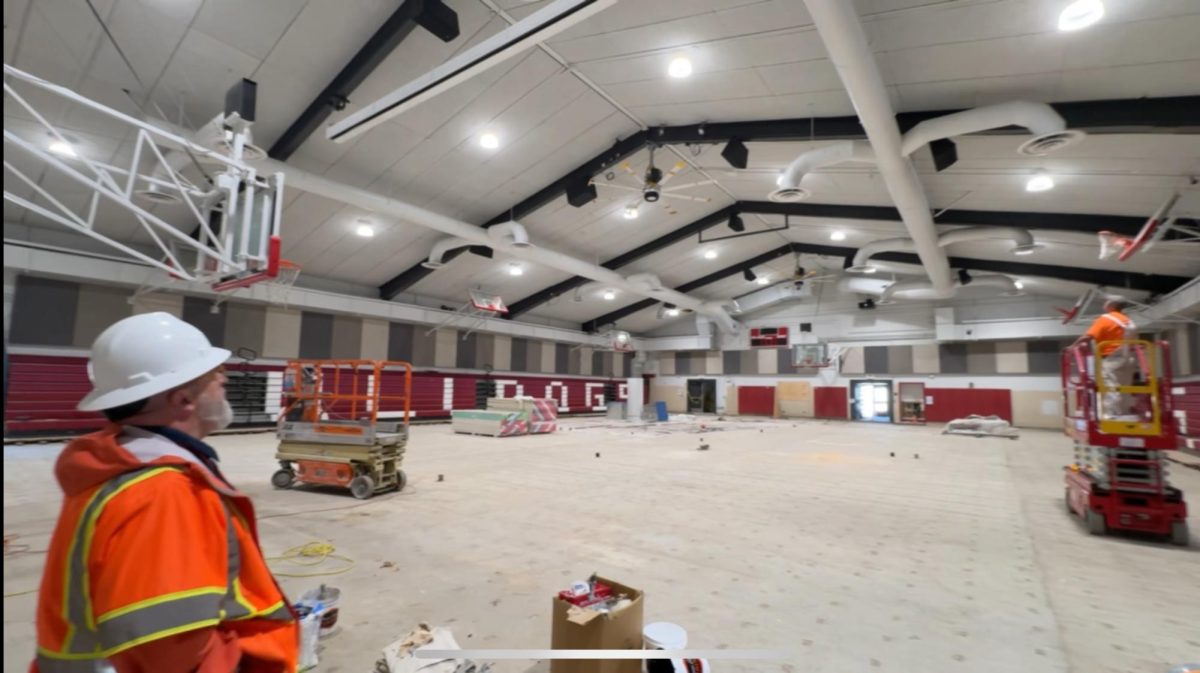




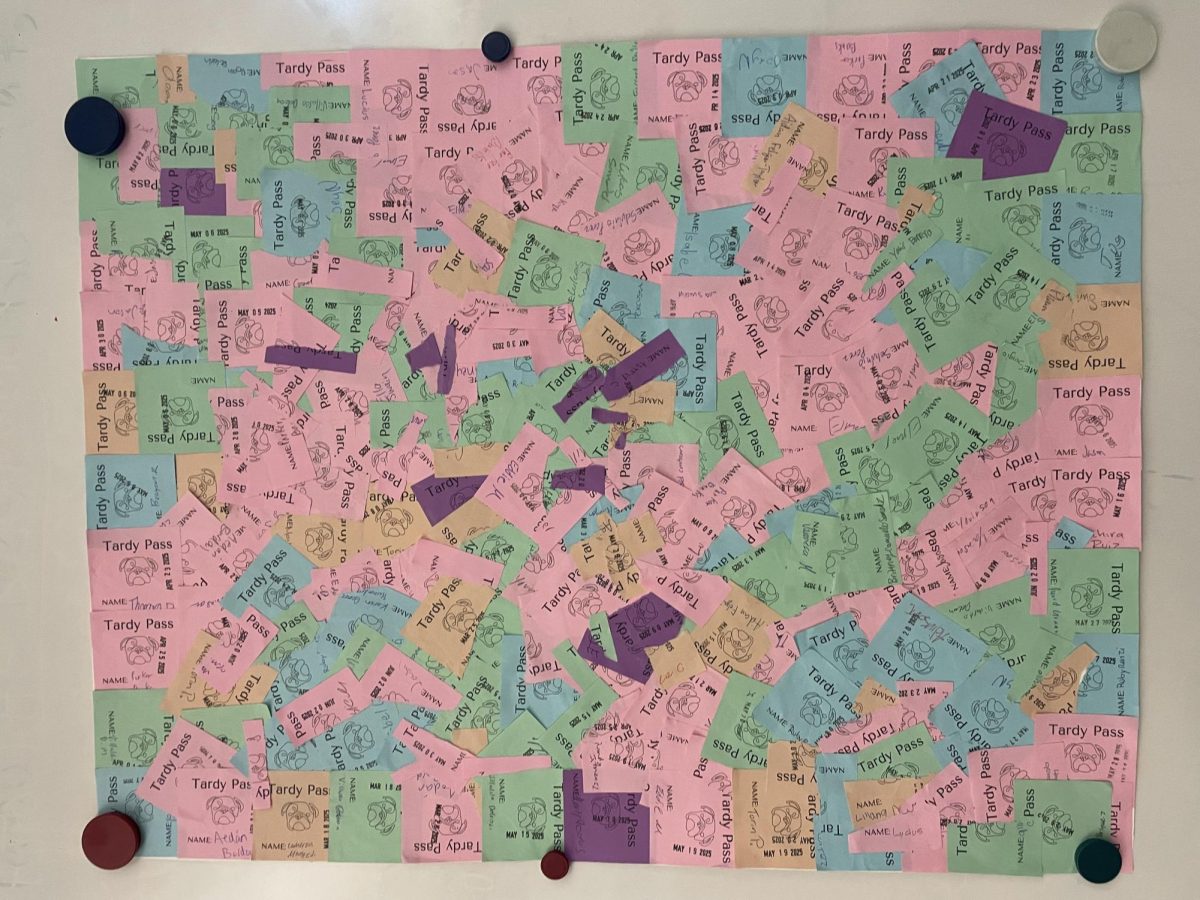
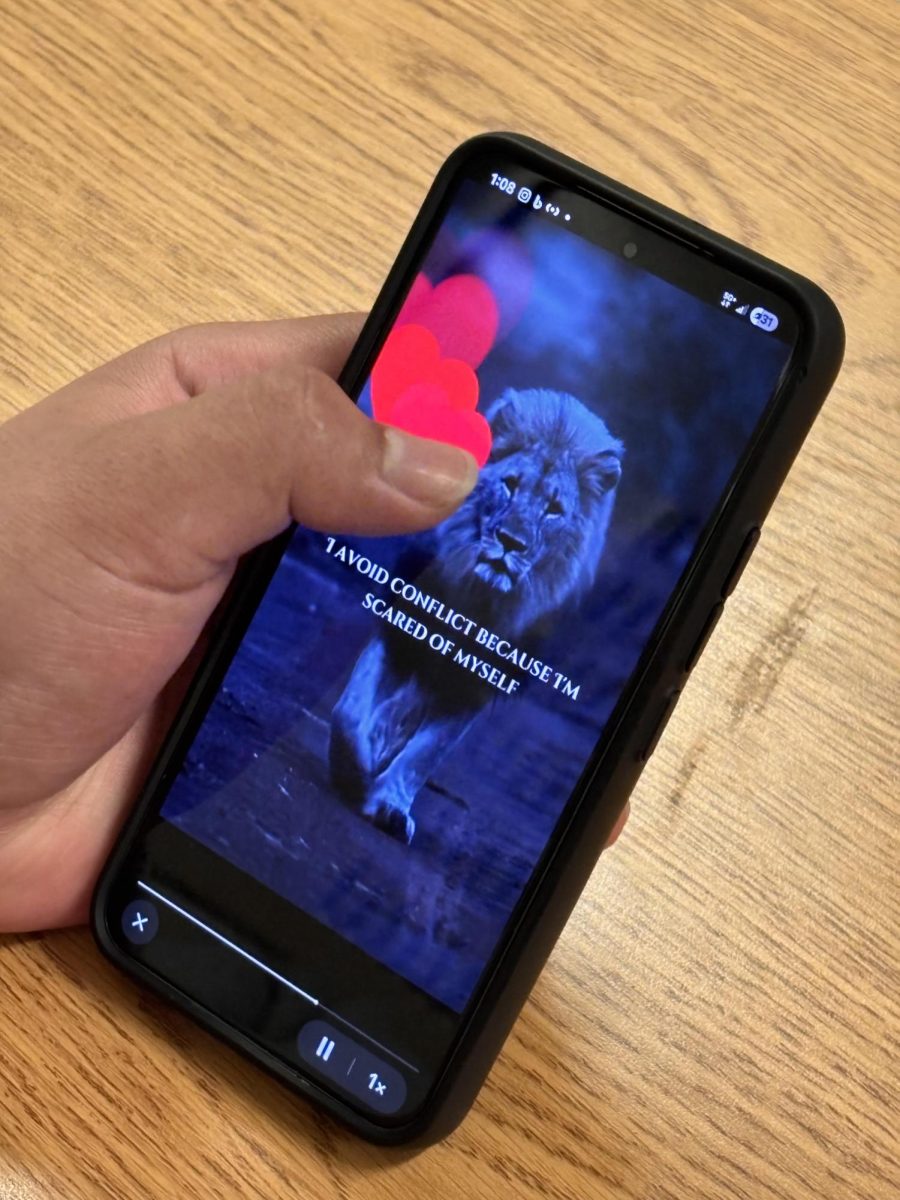



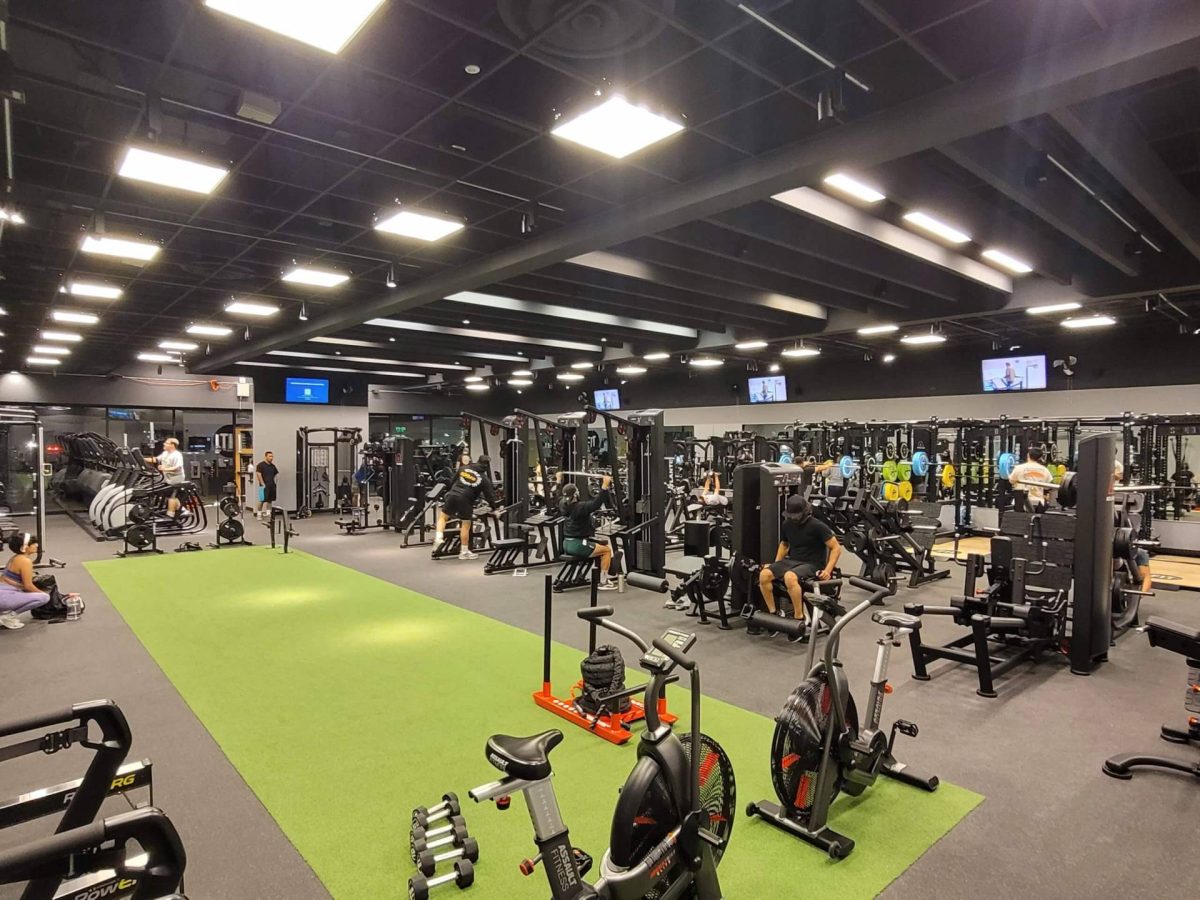
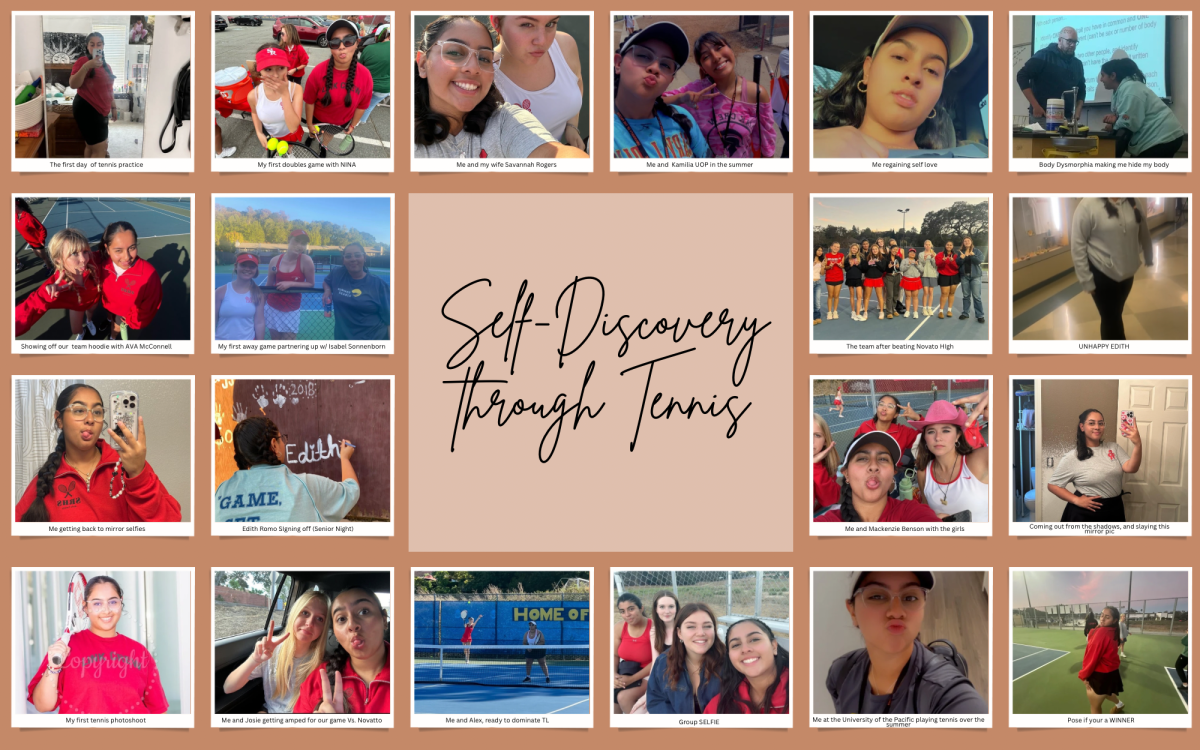
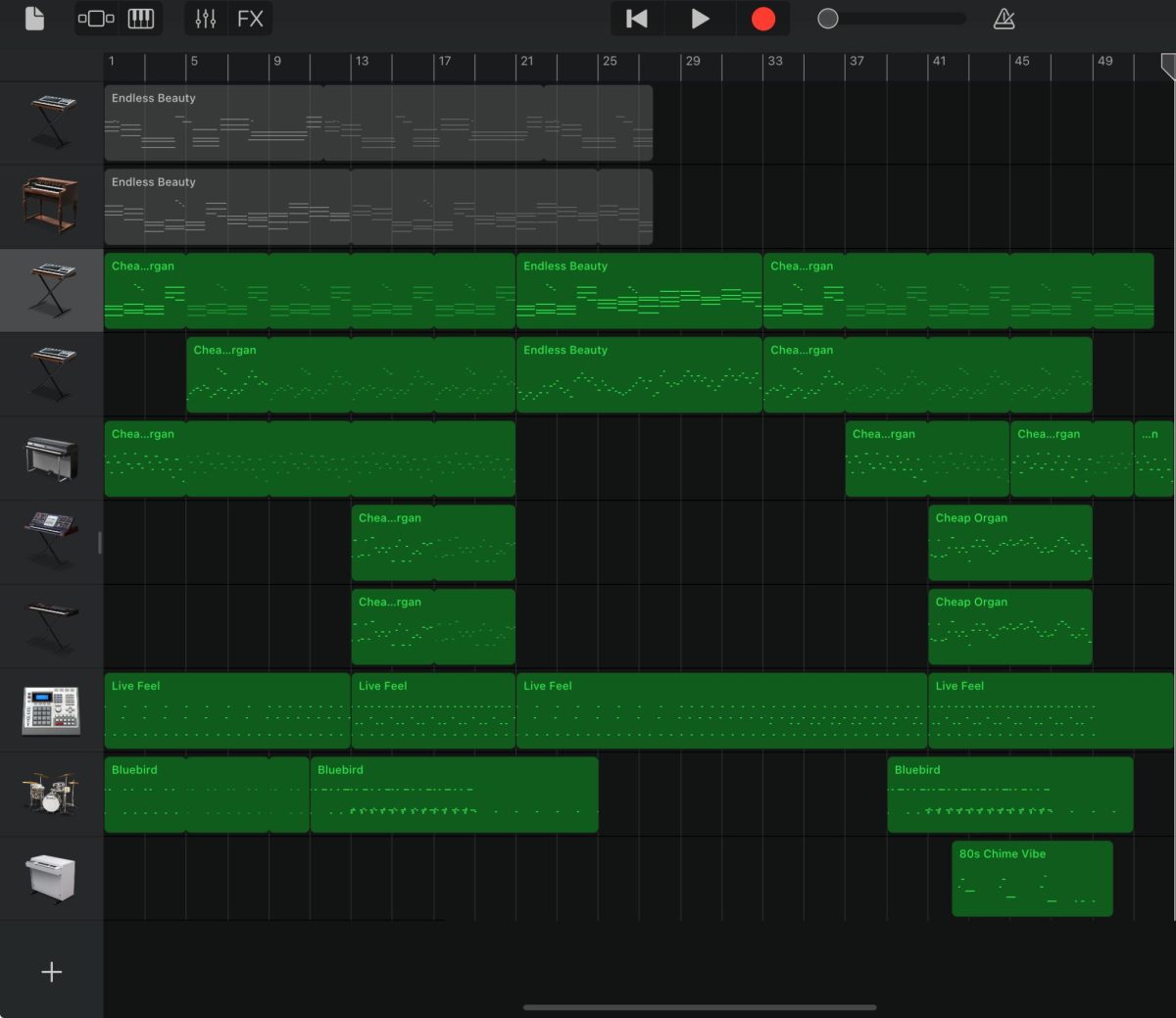

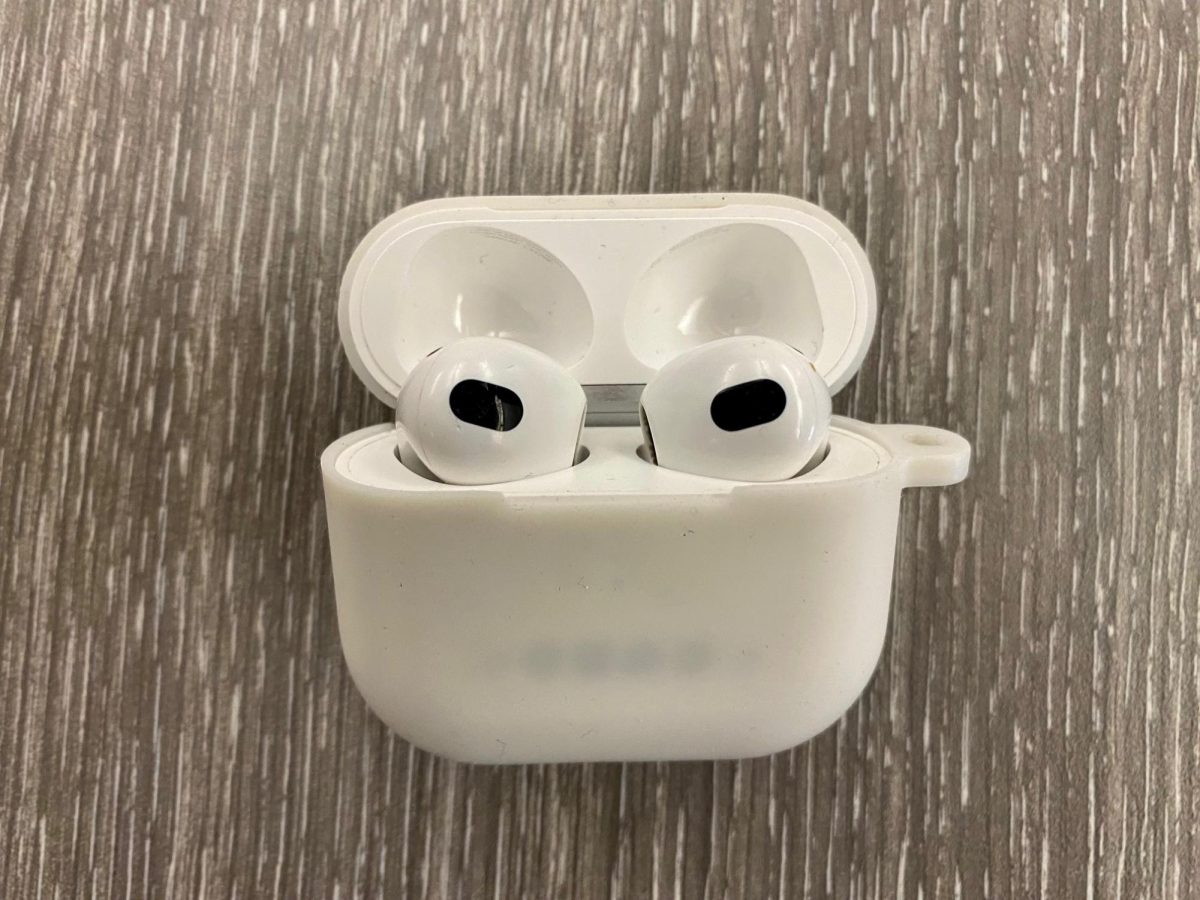
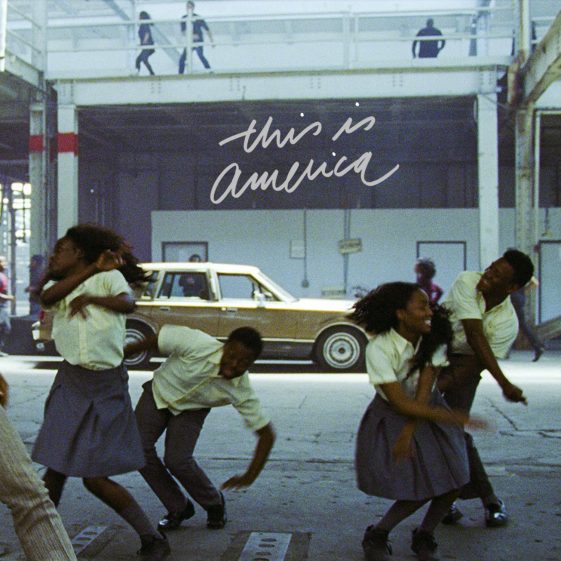
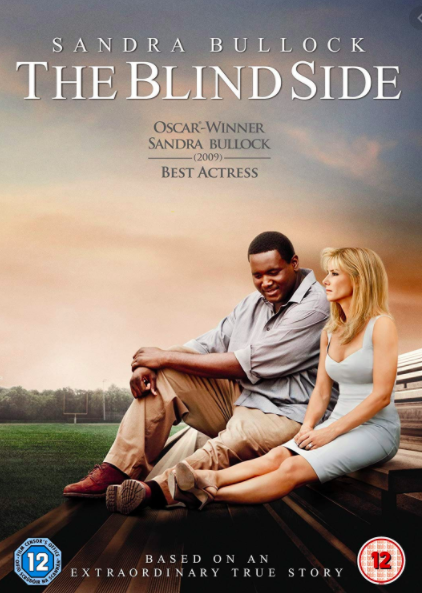
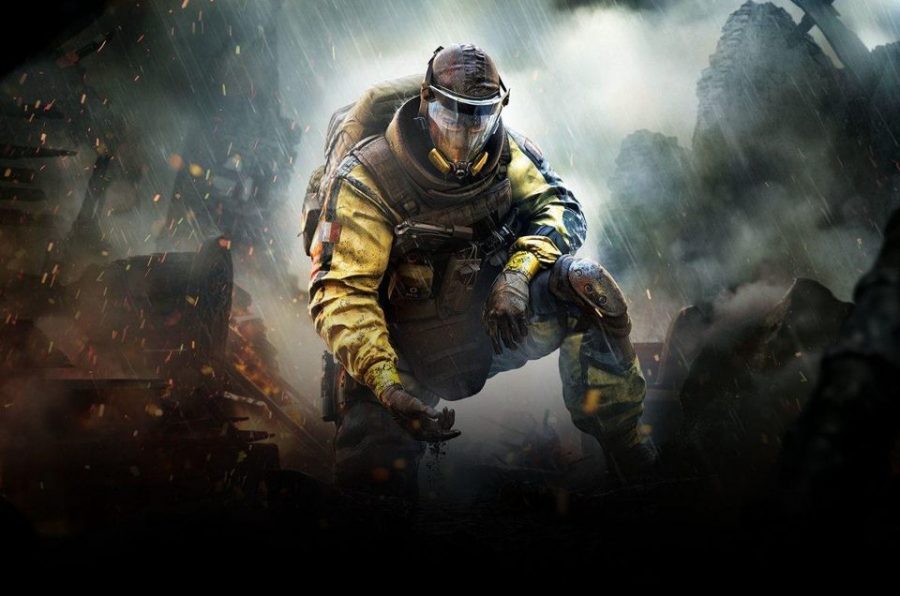
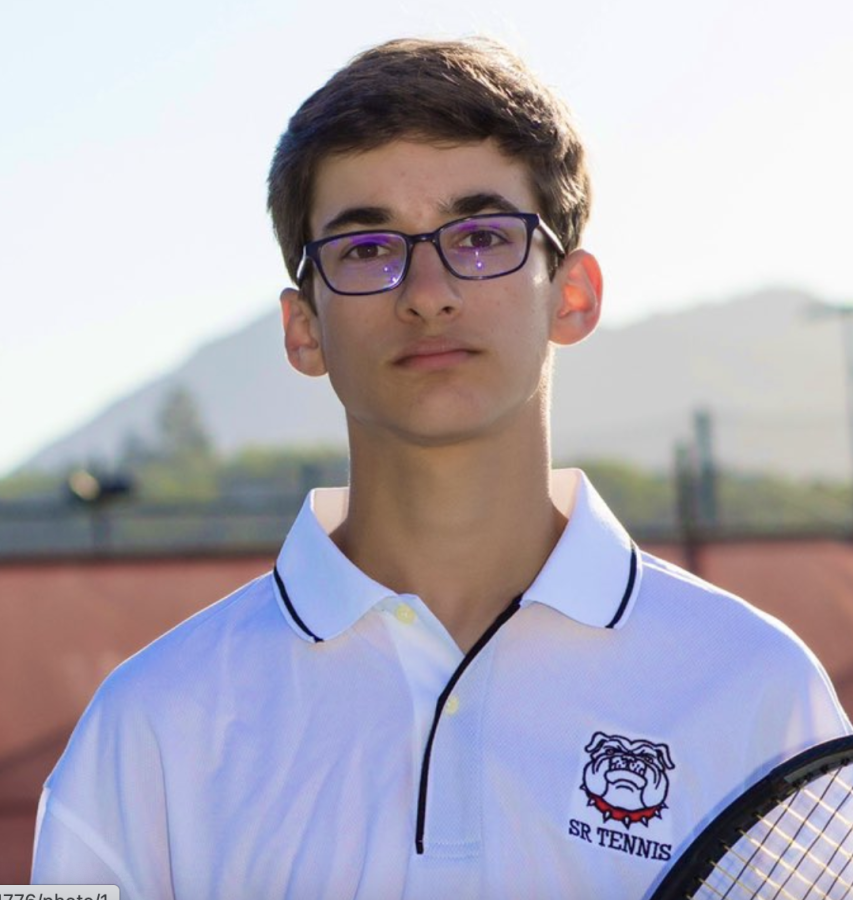
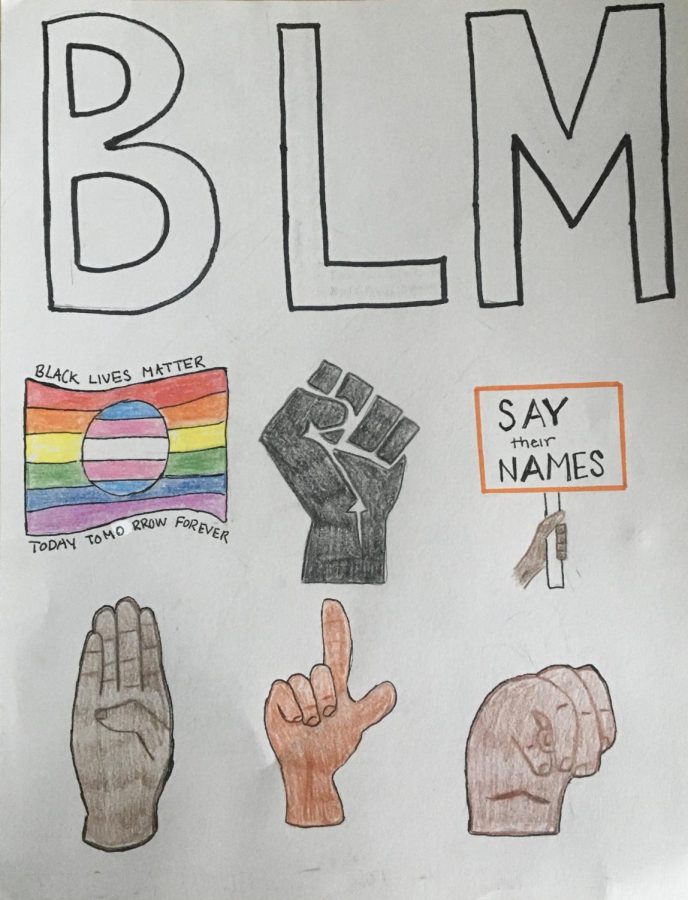
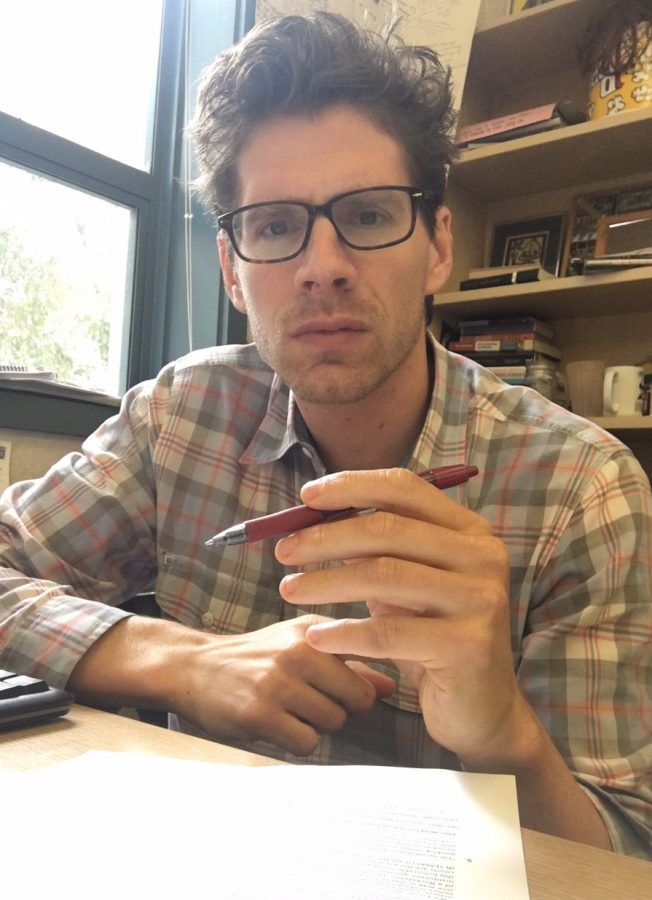
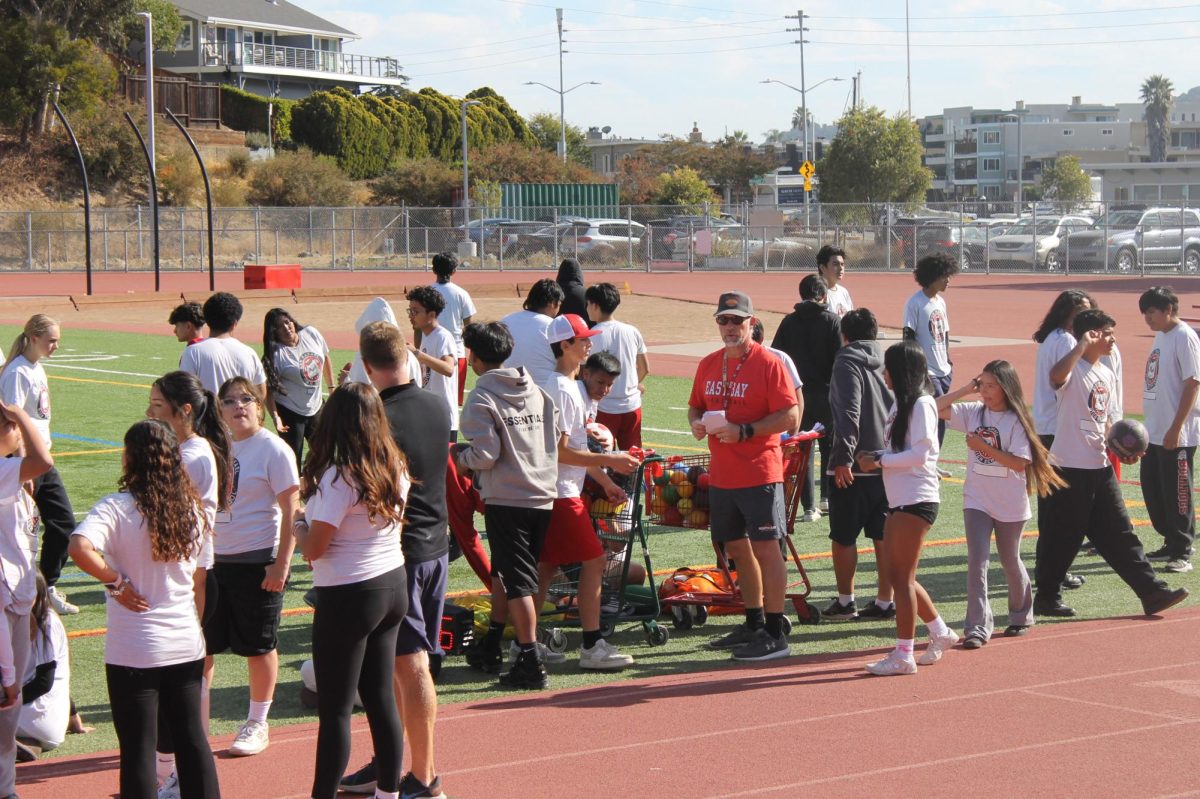
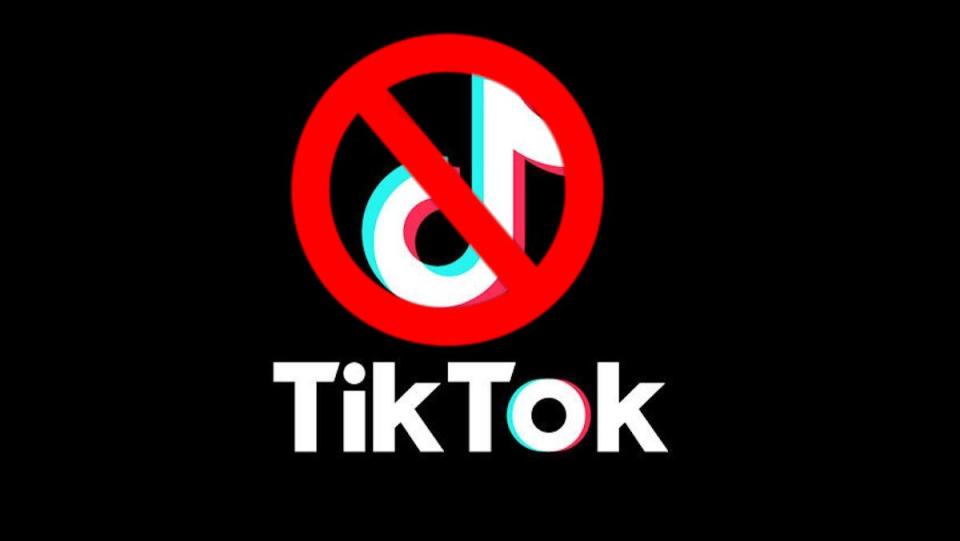
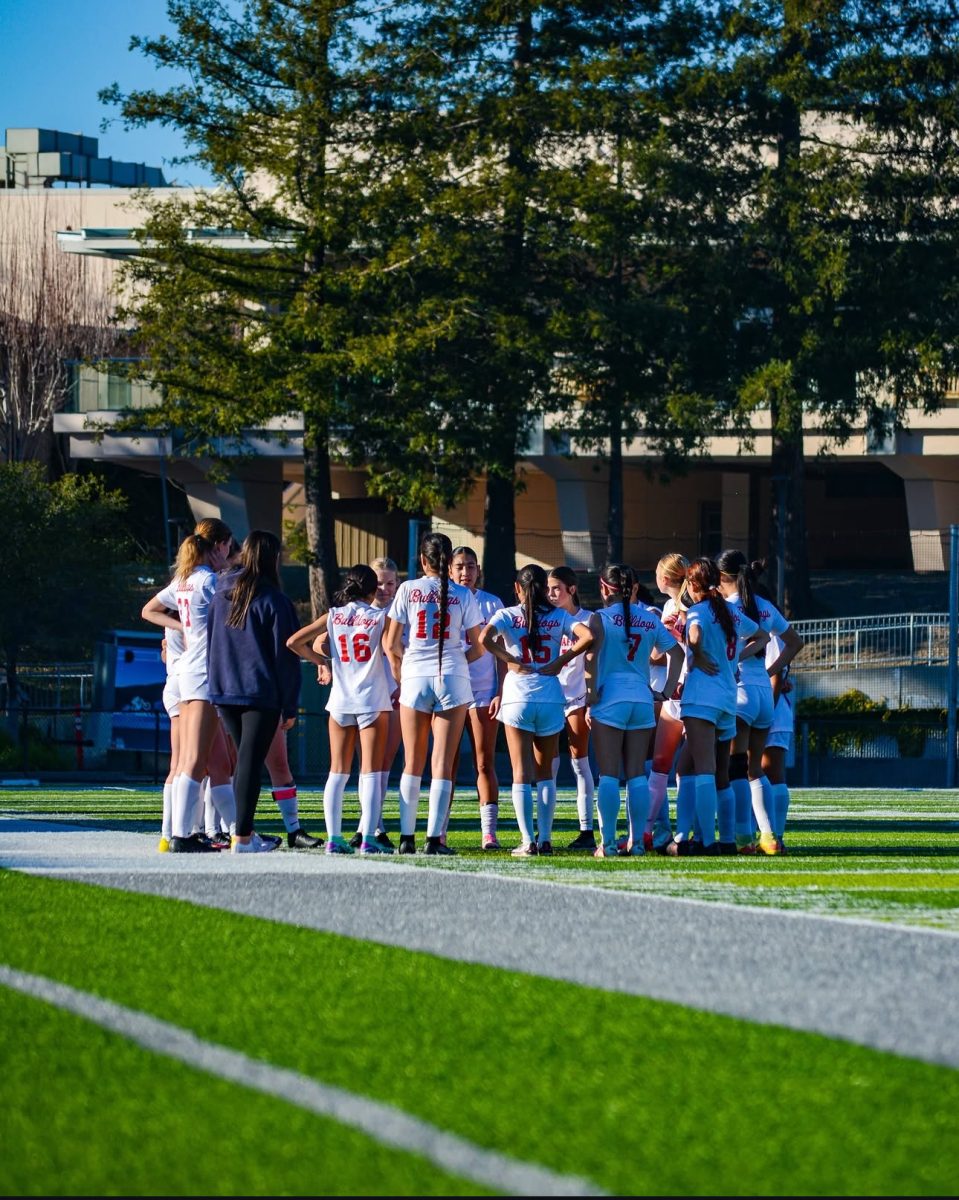
Kent F. Morales • Jan 10, 2025 at 1:57 pm
Thank you for the thoughtful article, Torin. I hear what you are saying about the demand on student-athletes, but I think this impacts a small number of students. Only two years of PE are required and the physical rigor of those classes are relatively low for an athletic individual. Also, PE exposes students to a broad range of activites, which could have important life-long benefits. I swam and played soccer for my high school teams, but PE is where I learned that I had a talent for long-distance running, which has been a more important part of my life in adulthood where team sports are more difficult to access.
I think you touched on a really important topic that may warrant more investigation: the early specialization and focus of athletes on a single sport with the hopes of a collegiate scholarship. The proliferation of club sports and and year-round training in a single sport often leads to early burnout and injuries. I have seen it often as a coach and teacher. PE and programs that foster youth to be well-rounded athletes often produce athletes who are more successful in college and beyond.